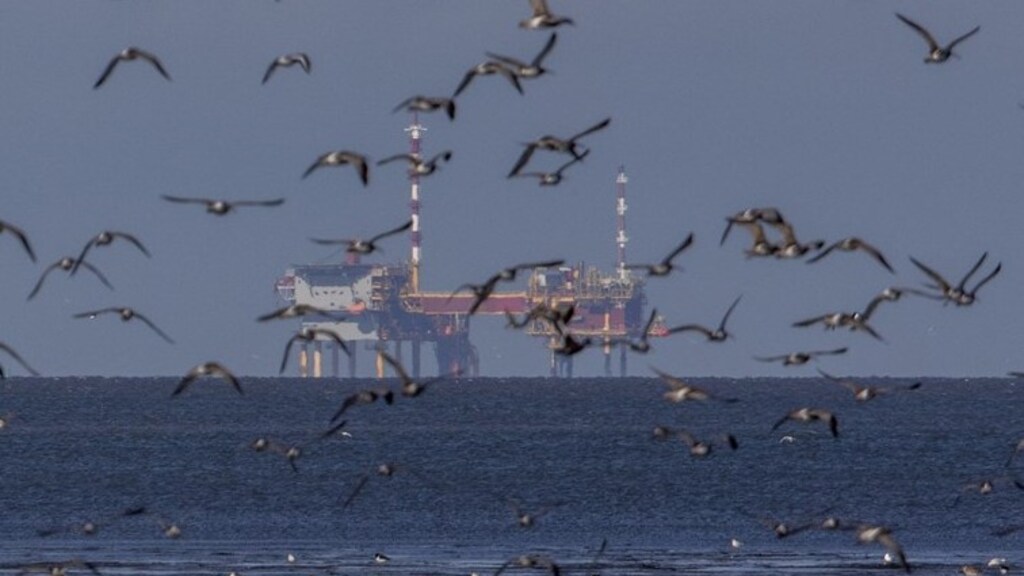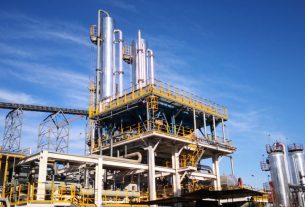The Netherlands – The final gas will start to flow from the Dutch gas fields around 2045, marking the end of the country’s 1959-starting gas exploitation. However, in order to shape the energy transition and lessen reliance on imported gas, North Sea output will expand in the upcoming years.
The government has recently begun to speed up the extraction of natural gas from the North Sea as Groningen’s gas tap is closing and the Netherlands wants to become less reliant on foreign nations. In a letter to the Lower House dated July 15, State Secretary for Mining Hans Vijlbrief stated that more North Sea gas needed to be produced.
Groningen has served as the natural gas cork on which Dutch production has floated since 1959. In 2015, when more over 50 billion cubic meters of Groningen gas were pumped, production reached its peak. As a point of perspective, the Netherlands has recently utilized an average of 40 billion cubic meters.
Half of this came from the Netherlands last year, with the remainder primarily coming from Norway and Russia as well as LNG from the Middle East and the United States.
Only a few billion cubic meters of earth will be removed from Groningen this year; Groningen will operate on a pilot light in 2019. It becomes evident when you consider that neither land-based nor marine production has increased. The crisis in Ukraine has made it evident that Dutch households are the victims of the Netherlands’ heavy reliance on imported gas.
Gas demand
State Secretary Vijlbrief outlines several justifications for raising North Sea gas production in a letter to the House of Representatives in July. The Netherlands aspires to strengthen supply security while also reducing its reliance on imports.
Having your own gas is more cost-effective than buying it. After all, when the land is sold, over 70% of the revenues go back to the public treasury both directly and indirectly.
The Ministry of Economic Affairs and Climate commissioned research by TNO in August that revealed there are still 78.2 billion cubic meters of gas reserves in the North Sea. As a result of the high cost of gas, the total was increased by 16.8 billion cubic meters.
By 2030, the yearly gas demand is likely to drop from 40 billion cubic meters to 25 to 30 billion cubic meters.




